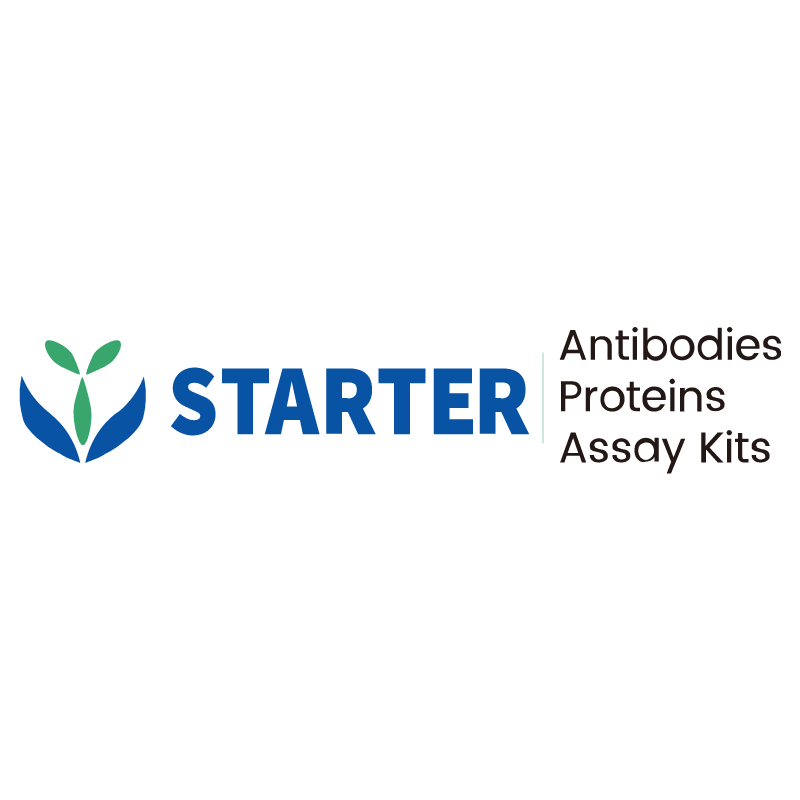Flow cytometric analysis of human PBMC (human peripheral blood mononuclear cell) treated 48 hours with 10 μg/mL Phytohemagglutinin (PHA), labeling CD69 at 1/500 dilution (0.1 μg) / (Red) compared with a Rabbit IgG (Black) isotype control and an unlabelled control (cells without incubation with primary antibody and secondary antibody) (Blue). Goat Anti - Rabbit IgG Alexa Fluor® 488 was used as the secondary antibody.
Product Details
Product Details
Product Specification
| Host | Rabbit |
| Antigen | CD69 |
| Synonyms | Early activation antigen CD69; Activation inducer molecule (AIM); BL-AC/P26; C-type lectin domain family 2 member C; EA1; Early T-cell activation antigen p60; CLEC2C |
| Immunogen | Recombinant Protein |
| Location | Cell membrane |
| Accession | Q07108 |
| Clone Number | S-1924-5 |
| Antibody Type | Recombinant mAb |
| Isotype | IgG |
| Application | FCM |
| Reactivity | Hu |
| Positive Sample | human PBMC |
| Purification | Protein A |
| Concentration | 0.5 mg/ml |
| Conjugation | Unconjugated |
| Physical Appearance | Liquid |
| Storage Buffer | PBS, 40% Glycerol, 0.05% BSA, 0.03% Proclin 300 |
| Stability & Storage | 12 months from date of receipt / reconstitution, -20 °C as supplied. |
Dilution
| application | dilution | species |
| FCM | 1:500 | Hu |
Background
CD69 is a type II transmembrane glycoprotein and a member of the C-type lectin superfamily. It is a classical early marker of lymphocyte activation, appearing rapidly on the cell surface after stimulation. Structurally, CD69 is a disulfide-linked homodimer protein with two differentially glycosylated subunits (28–32 kDa), each consisting of an extracellular C-type lectin domain connected to a single-spanning transmembrane region followed by a short cytoplasmic tail. It is broadly expressed on the surfaces of most hematopoietic lineages, including activated T and B lymphocytes, natural killer (NK) cells, murine macrophages, neutrophils, and eosinophils, and is constitutively expressed on human monocytes, platelets, epidermal Langerhans cells, and bone-marrow myeloid precursors. CD69 plays various regulatory roles in immune responses, such as promoting tissue residency, regulating Th17/Treg cell differentiation, and contributing to the exhaustion of resident memory T cells, especially in the tumor microenvironment. Its ligands include galectin-1, calprotectin (S100A8/S100A9 complex), myosin light chains 9, 12a, and 12b (Myl9/12), and oxidized low-density lipoprotein (ox-LDL).
Picture
Picture
FC


